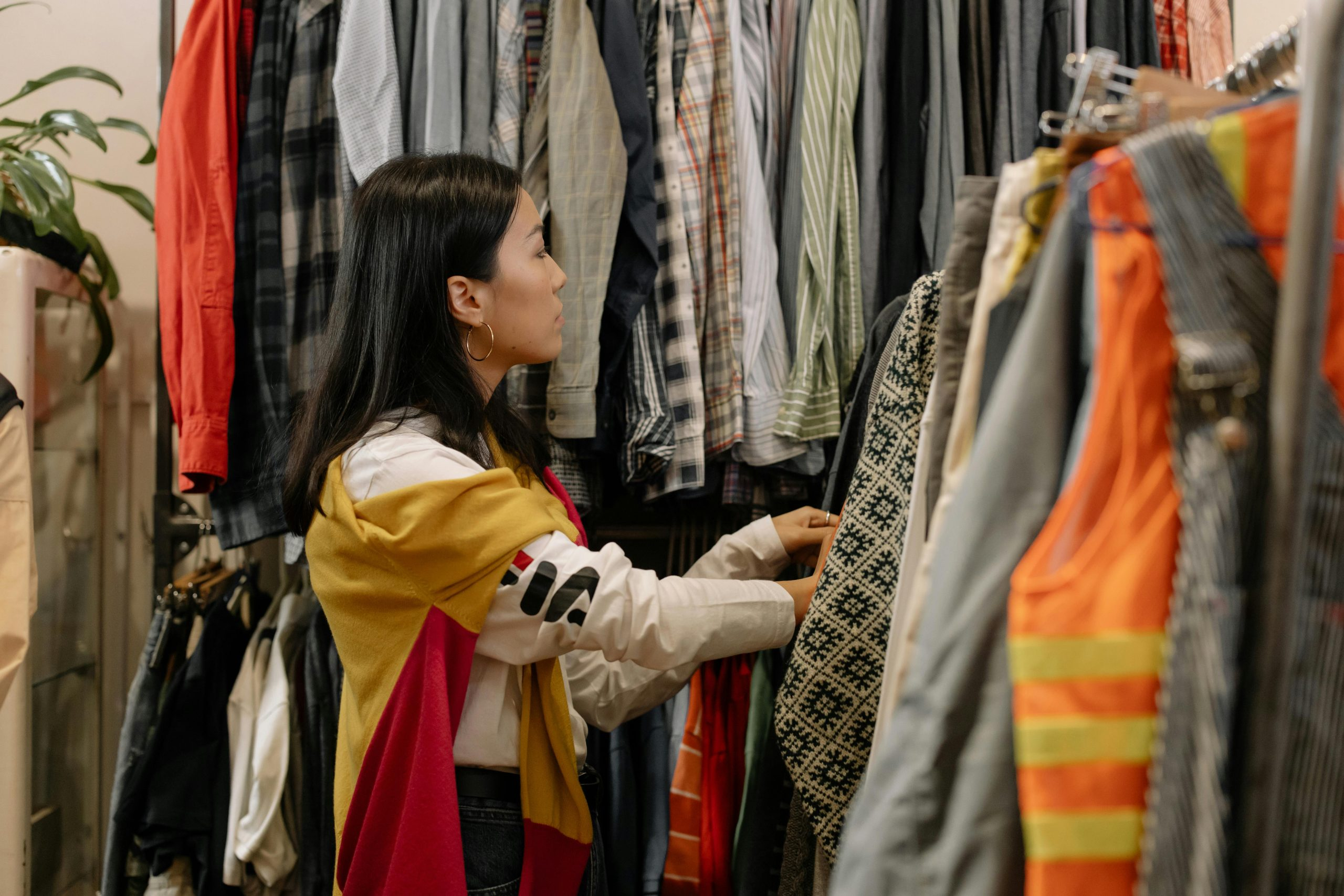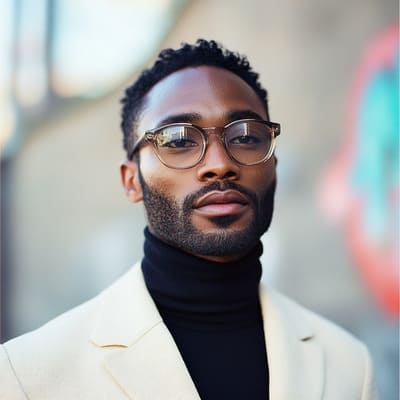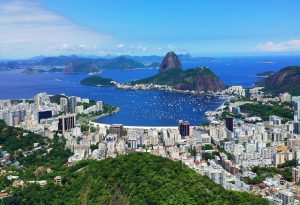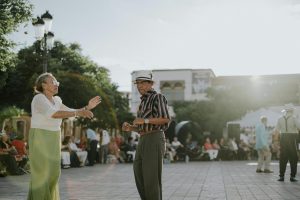Fashion and Politics: How Clothing Conveys Messages and Ideologies
The world of fashion and politics may seem like two completely unrelated entities, but in reality, they are closely intertwined. Fashion has always been a powerful tool for self-expression and identity, and over the years, it has also become a medium for conveying messages and ideologies. In this article, we will explore the complex relationship between fashion and politics and how clothing has been used to represent and promote various political messages and ideologies.
Fashion as a Political Statement
Before we dive into the specific ways in which clothing conveys political messages and ideologies, it is important to understand the concept of fashion as a political statement. From the suffragette white to Black Lives Matter-inspired streetwear, clothing has been used as a symbol of resistance and protest throughout history. In fact, fashion has often played a significant role in influencing and even shaping political movements.
The Power of Symbolism
One of the main ways in which clothing conveys political messages is through the use of symbolism. Clothing can be used to represent a specific group or belief, making it a powerful visual representation of a larger ideology. For example, the red hat famously worn by supporters of former US President Donald Trump became a symbol of his campaign and political stance. Similarly, the black berets and leather jackets worn by the Black Panthers in the 1960s were not just a fashion statement, but also a symbol of their fight against racial oppression.
Identifying with a Political Ideology
Clothing can also serve as a way for individuals to identify themselves with a particular political ideology. This can be seen in the rise of statement tees and pins with political slogans and symbols. These items allow individuals to not only express their political beliefs but also show solidarity with others who share the same ideology. For example, during the Women’s March in 2017, many participants wore the “pussy hats” as a symbol of their support for women’s rights and opposition to the current administration.
Political Influence on Fashion Trends
We often think of politics as solely influencing policies and legislation, but the truth is that it also has a significant impact on the fashion industry. Historically, political events and cultural shifts have influenced the styles and trends that dominate the fashion world. Whether it’s the rise of power dressing in the 1980s or the current trend of sustainably-made clothing, politics plays a role in what we choose to wear.
Representing National Identity
In some cases, clothing can also serve as a way to represent national identity and pride. This is especially true during major events such as the Olympic Games or political rallies. National flags and colors are often incorporated into clothing to show support for a country or its leaders. This was evident in the 2016 US presidential election, where Hillary Clinton’s supporters famously wore pantsuits, a nod to her signature style and political career.
Pushing for Change
Fashion can also be used as a tool to push for social and political change. Designers have used their platforms to make statements and raise awareness about various issues. For example, during Paris Fashion Week in 2015, fashion designer Vivienne Westwood sent models down the runway wearing shirts with slogans like “Climate Revolution” and “Save the Arctic” in support of environmental activism. Fashion can also serve as a way for consumers to use their purchasing power to support ethical and sustainable practices and challenge the status quo.
The Responsibility of Fashion in Politics
As we have seen, fashion plays a significant role in politics and can be a powerful tool for conveying messages and promoting ideologies. With this power, however, comes a great responsibility. The fashion industry must be mindful of the impact their designs and representations have on society and the political landscape. In a highly polarized world, it is essential for fashion to promote inclusivity and diversity and to use its influence for positive change.
Final Thoughts
Fashion and politics may not seem like a likely pairing, but when we look closely, we can see how the two intersect and influence each other. From symbolizing movements and ideologies to pushing for change, clothing is a powerful medium for conveying political messages. As we continue to navigate through political landscapes, it’s important to remember that our clothing choices can also make a statement and have an impact on the world around us.











